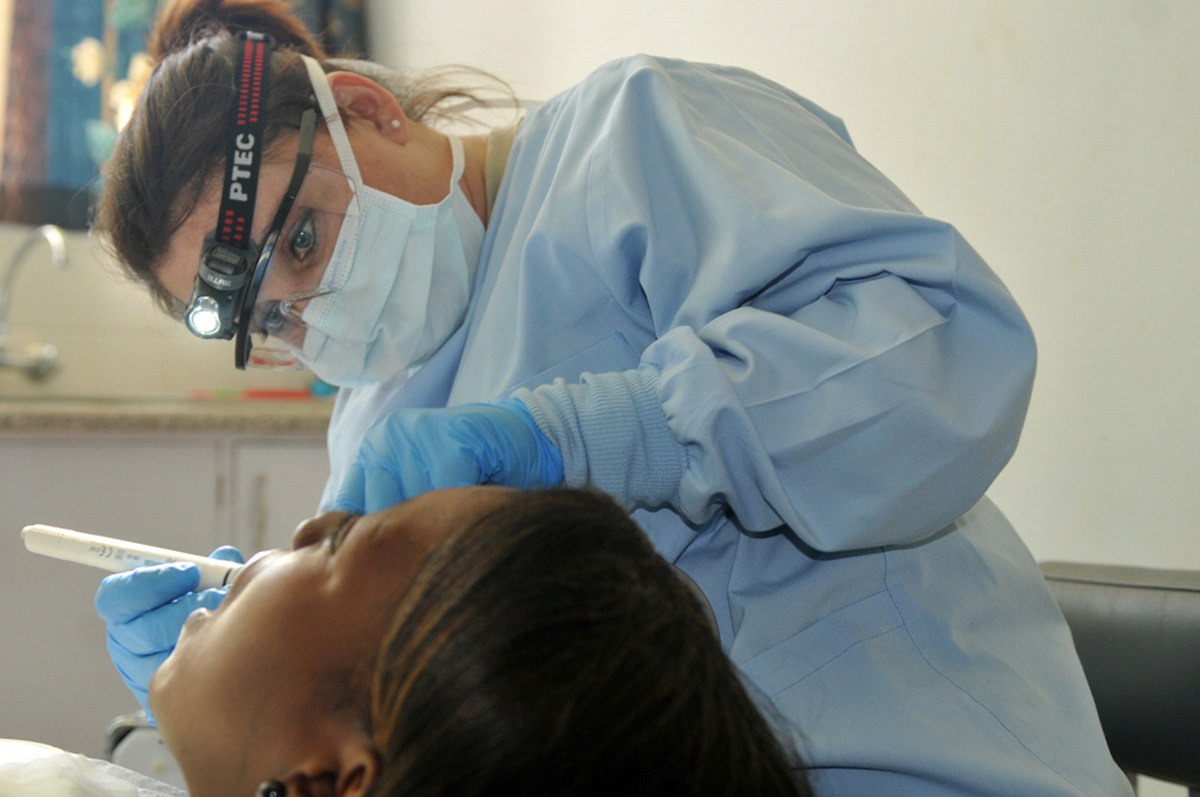Table of Contents
Hereditary Gingival Fibromatosis
The incidence of this inherited disorder is quite low and becomes evident during childhood in most cases. In some cases, though, gingival overgrowth starts to manifest in adulthood. The gums can be affected throughout the oral cavity or only in a few localized areas. The growth of the gums is slow and constant, eventually covering the entire teeth.
The gums are often firm and non-tender and may not necessarily have a large component of inflammation to them.

Systemic Causes
Sometimes the cause of gingival overgrowth may have more to do with systemic causes than any found locally in the mouth. An example of this is seen in patients suffering from leukemia. The number of immature blood cells increases in leukemia. These cells are frequently ruptured leading to infiltration of cells in the gingival causing overgrowth.
Some people consider pregnancy, puberty, and other hormonal imbalances as examples of gingival enlargement caused by systemic diseases while others disagree since the root cause continues to be plaque.
Management Of Gingival Overgrowth
The first thing that the doctor will do is to take a detailed history, perform a clinical examination and order any necessary tests to pinpoint the cause of gingival overgrowth. In cases where the chief cause is found to be poor oral hygiene and the accumulation of plaque, the focus is on removing the local factors from the teeth to reverse the symptoms.
This involves professional cleaning of the teeth which will be carried out over a series of appointments. In each subsequent appointment, the gums should have shrunk somewhat to reveal more plaque and tartar deposited on the teeth.
The doctor will also advise for come chemical plaque control as well, involving the use of an antibacterial mouthwash and possible a topical antibiotic as well.
This same protocol is followed for all cases of gingival overgrowth since there is always some component of inflammation. Only in the case of leukemia, the systemic disease has to be treated first, since scaling can actually lead to uncontrolled bleeding and even death.
Once the cleaning has been completed, the gums will shrink down to normal in most cases. In drug-induced enlargement and hereditary causes, the overgrowth that remains will have to be removed surgically.
This surgery, also called as gingivectomy, is carried out to remove all the excess gingival tissue from the teeth. For patients that had a very large amount of gingival overgrowth, they may have to undergo more than one surgery until the normal shape and contour is established.
READ Impact Of Poor Dental Health
For patients suffering from hereditary gingival fibromatoses, this procedure will have to be repeated at multiple intervals during life.
Conclusion
Gingival enlargement appears to be much more serious than it is in most cases. The root cause of the entire process is the seemingly insignificant plaque, which if taken care can be removed from the surface of the teeth through simple brushing.
As a patient, you should not waste time in getting to a doctor since there are occasions where it is a symptom of something much more serious lurking underneath.
- www.aaom.com/index.php?option=com_content&view=article&id=132:gingival-enlargement&catid=22:patient-condition-information&Itemid=120
- http://emedicine.medscape.com/article/1076264-overview
- Photo courtesy of
- Photo courtesy of usarmyafrica: www.flickr.com/photos/usarmyafrica/5725063775/
- Photo courtesy of stimpson jake: https://www.flickr.com/photos/128539140@N03/17968038889/


Your thoughts on this